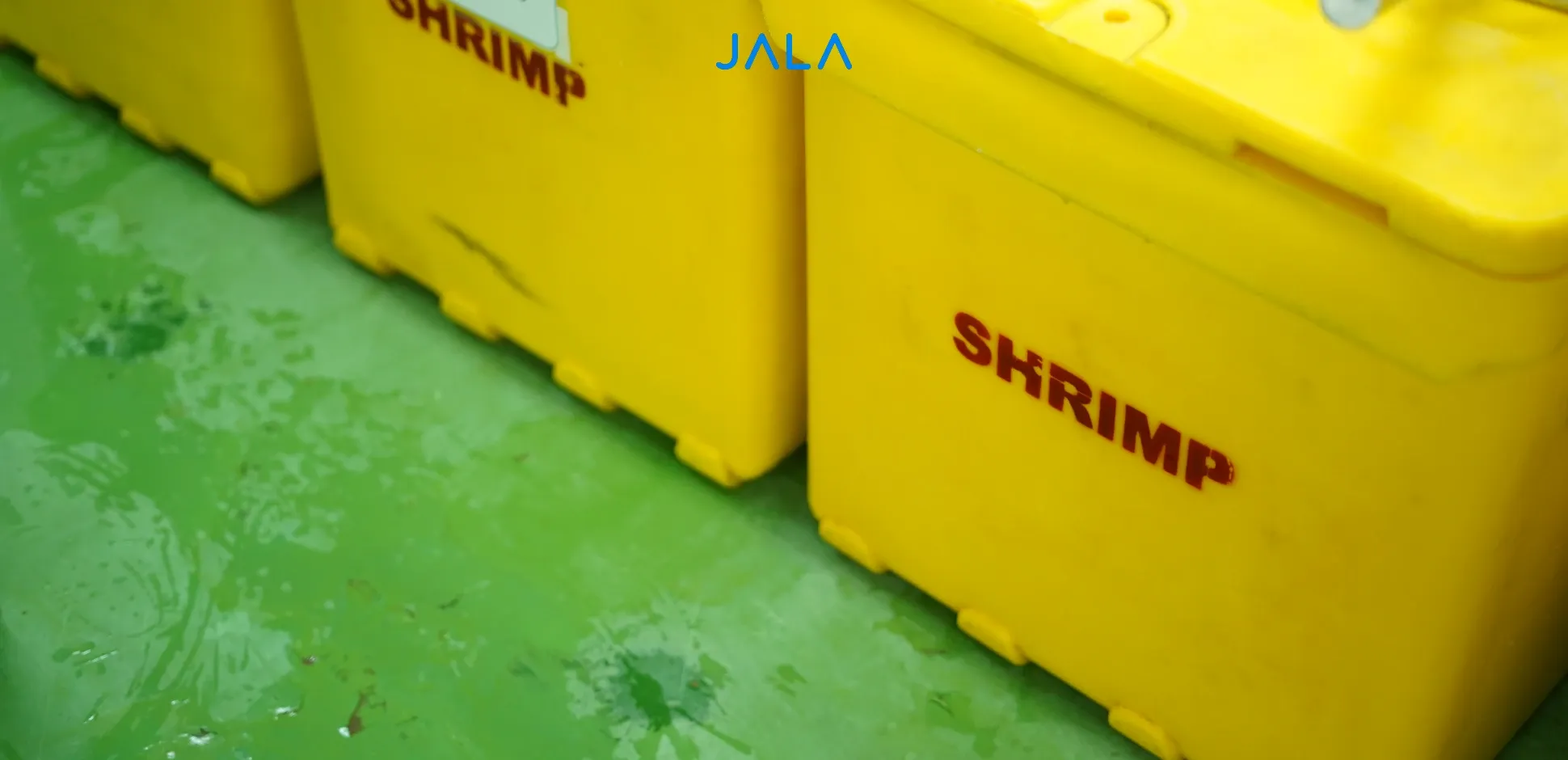
On April 2, 2025, US President Donald Trump announced the amount of reciprocal tariffs for imported goods from 185 countries, including Indonesia. When it was first announced, Trump placed a 32% reciprocal duty on Indonesia. This tariff rate was applied because the US claimed that those 185 countries placed disproportionate import tariffs on US goods.
Trump's new tariffs may disrupt the global economy and developing countries that rely on exports. It is also projected to increase the cost of basic necessities in the US, raising worry about the risk of a global recession.
The Definition of Tariff in the Context of Global Trade
Tariffs are taxes imposed by governments on goods and services imported from other countries. When a product crosses a country's border, importers pay these taxes to the home country's government (import duties), which are usually calculated as a percentage of the goods' value.
Meanwhile, reciprocal tariffs refer to a country's provision to equal the import tax (tariff) charged by another country on its products. Simply put, if Country A sets a 10% tariff on imports from Country B, Country B will respond by setting a similar 10% tariff on goods from Country A.
The objective of a country imposing reciprocal tariffs is typically to ensure fair trade between countries. It is also the primary reason for Trump to set new tariffs, aside from the fact that the US trade balance with its partner countries is in deficit.
US Tariffs and Its Projected Impact on Indonesian Shrimp Industry
Trump's reciprocal tariff policy has a direct impact on the competitiveness of numerous Indonesian export products in the US market. This impact will be felt in sectors that rely heavily on US exports, such as garments and textiles, shoes, rubber, furniture, palm oil, and fisheries and seafood commodities. The shrimp industry must be watchful because shrimp is one of the commodities with a large percentage of exports to the US, reaching 70%.
Trump’s tariffs further weaken Indonesia’s competitiveness in the global shrimp market. This is because Indonesia’s shrimp producing competitors, Ecuador and India, face lower tariffs than Indonesia. Ecuador is subject to a tariff of 10%, while India is subject to 26%.
The tariffs also raised uncertainty in the shrimp industry and lowered market confidence. According to the JALA App Shrimp Price page, shrimp prices fell during the second week of April 2025. The following week, shrimp prices surged again when Trump decided to postpone the tariffs for 90 days.
The uncertainty caused by Trump's tariffs additionally prompted industry players to hold back or even reduce spending. On a large scale, the dynamics of the shrimp sector have slowed. If this trend continues in the long run, the economy will begin to decline and potentially lead to recession.
Currently, the enactment of Trump's tariffs on Indonesia has been postponed for 90 days, with the tariff returning to 10%. However, stakeholders and shrimp industry players still need to respond to it strategically rather than reactively.
What Can Farmers Do?
In the face of the impact of US tariffs and the uncertainty that arises, shrimp farmers are encouraged to remain calm, not panic, and take calculated measures to address the current situation. Here are a few things that can be done at the farmer level:
- Conducting shrimp production efficiency. This is the most realistic step. If the economy suffers from recession, shrimp farms can still be operated at low production costs. Therefore, it is crucial for farmers to find a way to conduct efficiency.
- Support the campaign to consume locally sourced shrimp. Indonesia’s domestic market actually has a relatively high potential, with a per capita seafood consumption of 41.25 kg in 2022 (Source: Statistics Indonesia). Therefore, the domestic market could be the closest solution for absorbing Indonesia’s shrimp production.
- Remain careful in taking actions. The current tariff issue is far more complex that it appears and involves multiple stakeholders. As a farmer, it is better to equip oneself with the latest information and manage finances as efficiently as possible to make the right decisions.
Tips for Managing Finances in the Midst of Recession Projections
Regarding financial management, the following are some tips that can be implemented by farmers, particularly to face recession projections. The tips include:
- Always set a well-planned budget before every cultivation cycle.
- Follow strict SOP when cultivating and keep thorough financial records as supporting documents when proposing collaborations or aids from organizations.
- Compare the cost of each cycle and identify expenses that can be minimized.
- If possible, find alternatives to overpriced materials or equipment.
- Don’t spend all your harvest profits during uncertainties, keep savings for emergency funds and capital for the next cycle.
- Start investing no matter how small, especially in stable investments such as mutual funds obligations.
Conclusion
In the midst of recession projections which may worry many farmers, JALA aims to be a trusted partner for anyone involved in the Indonesian shrimp industry. Farmers are encouraged to support their cultivation with data to strengthen the shrimp industry.
By keeping cultivation and financial data on JALA App, farmers can make the best decisions based on actual conditions. Farmers are also encouraged to keep supporting one another and stay optimistic to get through these challenges.
References
Indonesia Kena Tarif Impor 32 Persen, Berikut Rincian Tarif Trump Terhadap 15 Negara Asia | Tempo Ini Dampak Negatif Kebijakan Tarif Trump terhadap Ekonomi Domestik dan Global | Hukum Online Tarif Trump yang Mengguncang Ekonomi Global | Kompas.id





